Pershing County residents are being asked to take part in a regional survey aimed at better
understanding how rural communities adapt to natural hazards such as drought, wildfire, and
extreme heat.
Dr. Loretta Singletary, a professor with the University of Nevada, Reno Cooperative Extension,
presented the Where We Live project to the Pershing County Commission last week. The project
is supported by the National Science Foundation and is being conducted in partnership with the
Desert Research Institute and other universities.
“This is about how rural communities are adapting to drought, heat, and wildfire,” Singletary
told commissioners. “In Nevada, we’ve selected the Humboldt River Basin as our study area,
which includes much of Pershing, Lander, Humboldt and Elko counties, as well as parts of White
Pine, Eureka, northern Nye, and Churchill.”
The project team is gathering information through an online survey that takes about five minutes
for most residents to complete. Agricultural producers will be asked additional questions to help
researchers understand the economic burden drought places on farms and ranches.
Singletary emphasized that all responses are anonymous and confidential. “There’s no way your
responses can be tracked,” she said. “Even for interviews, which can be conducted in person or
on Zoom, data are de-identified and names are never associated with responses.”
In addition to the survey, one-on-one interviews will be conducted by UNR researcher Gina
Gilson. The interviews are expected to last about 30 minutes and will provide a deeper
understanding of the challenges Nevadans face in adapting to environmental hazards.
Commissioners voiced support for the project and encouraged residents to participate. “This will
be very beneficial once it’s completed and all the facts come back,” Connie Gottschalk said.
“Farmers and ranchers in this valley and upstream should do the survey so the university can
figure out what the wants and needs are.”
The survey will be open through the fall, with results expected to be shared back with counties
once analysis is complete.
Residents can access the survey by QR code on project flyers, through the Extension office, or by
contacting Dr. Singletary at [email protected] or researcher Gina Gilson at
“Making people aware that the survey exists is the biggest challenge,” Singletary said. “It
doesn’t take long to fill out, and your input will help shape how our communities respond to
drought, heat, and wildfire in the years ahead.”
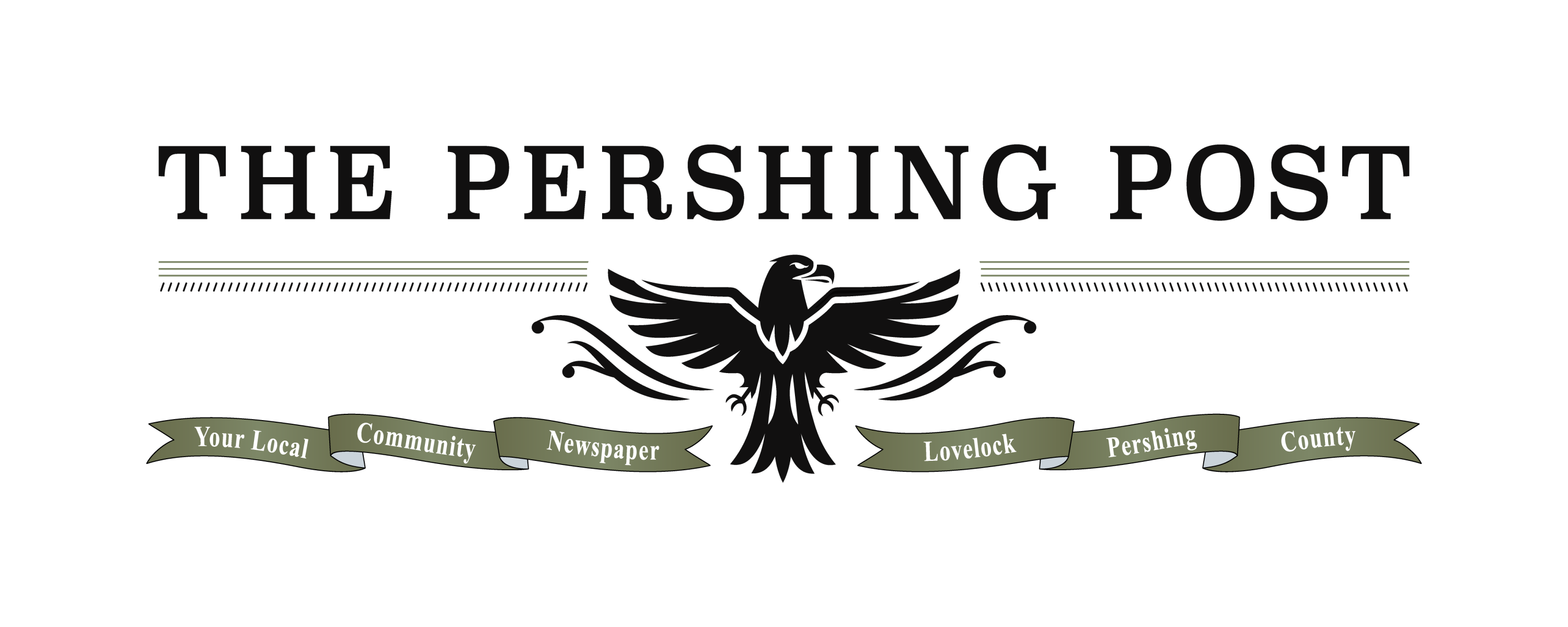
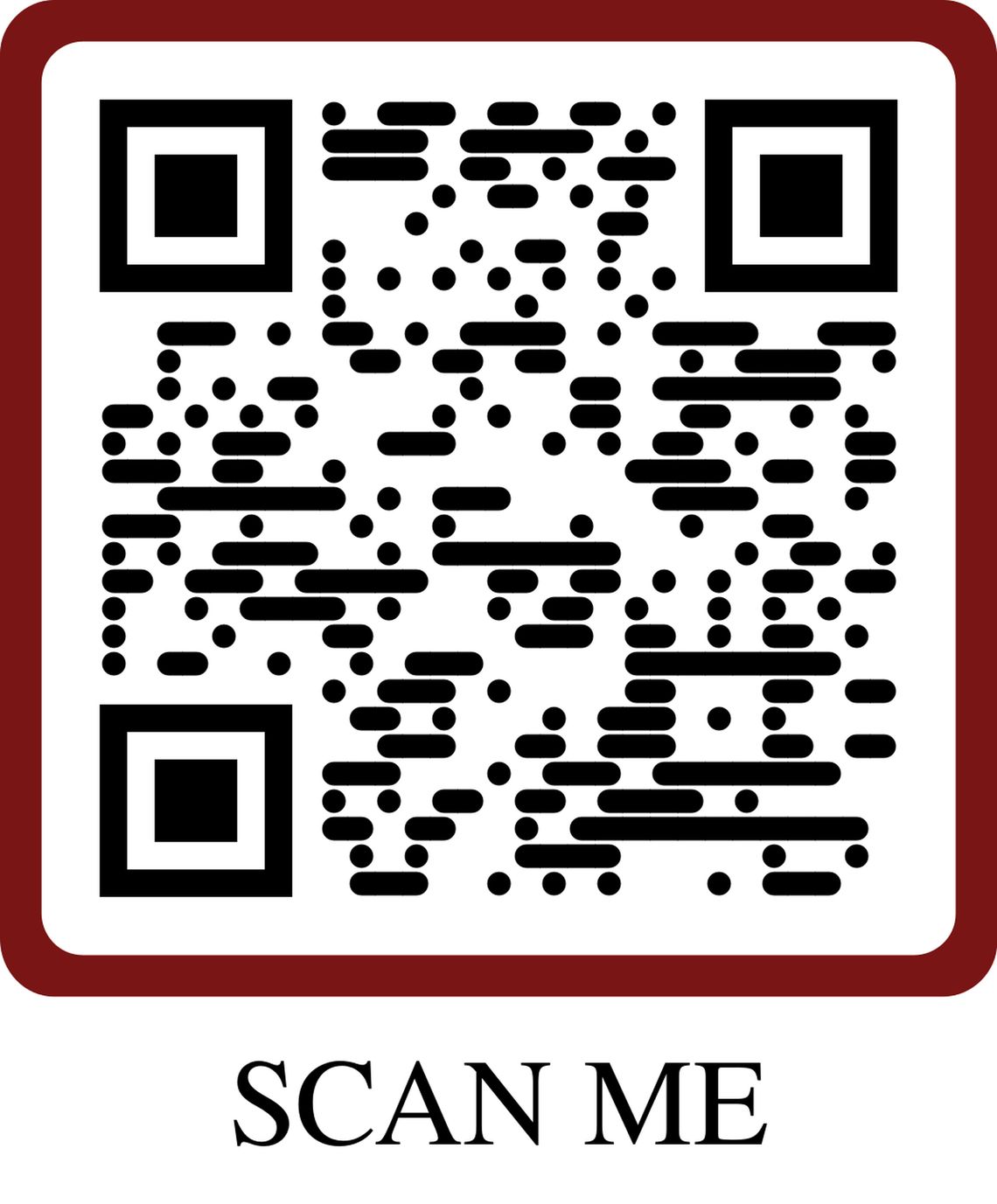

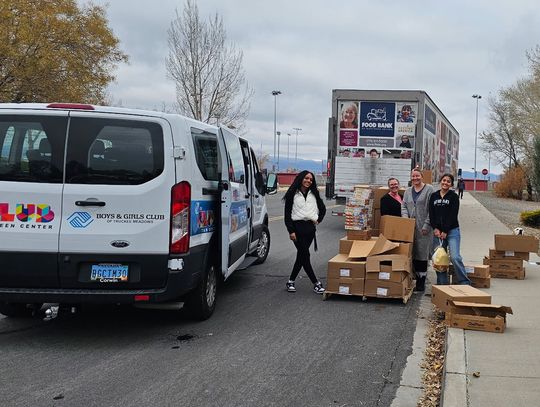
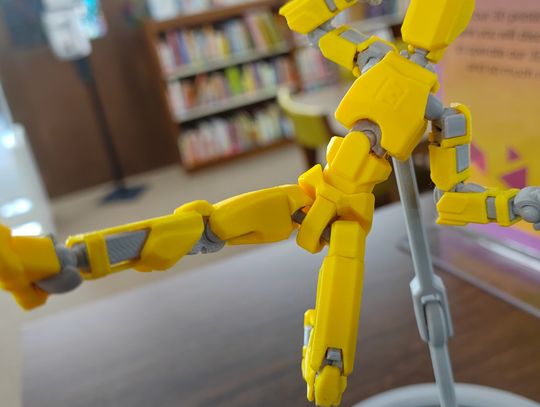
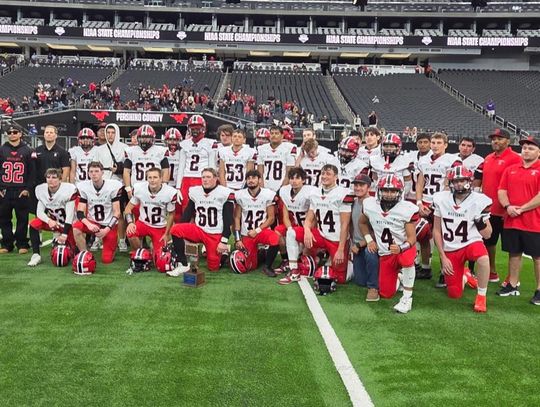
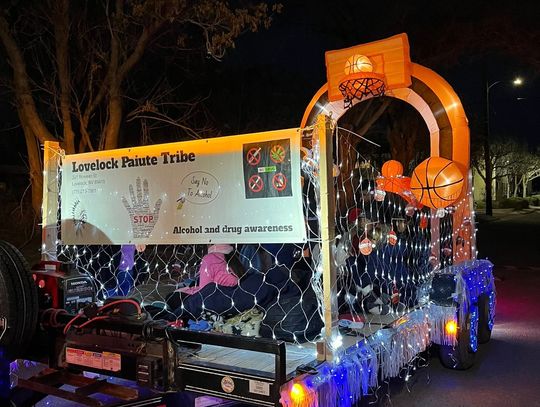
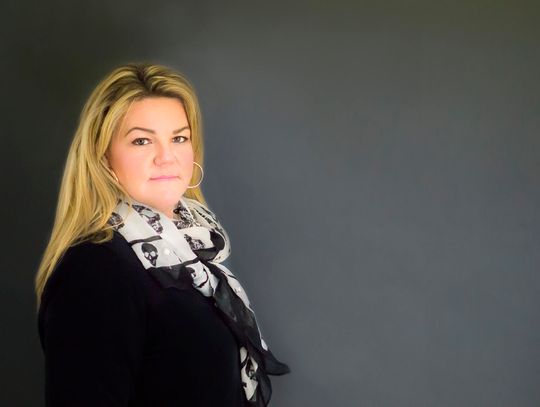
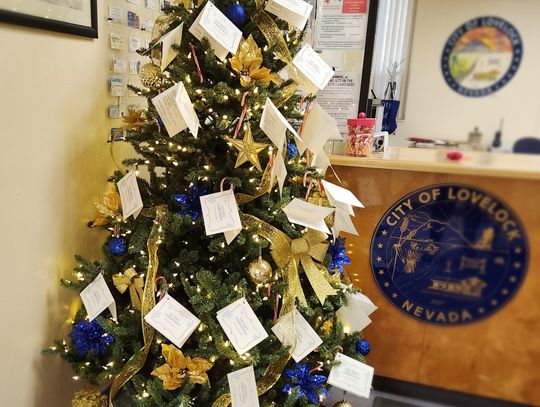
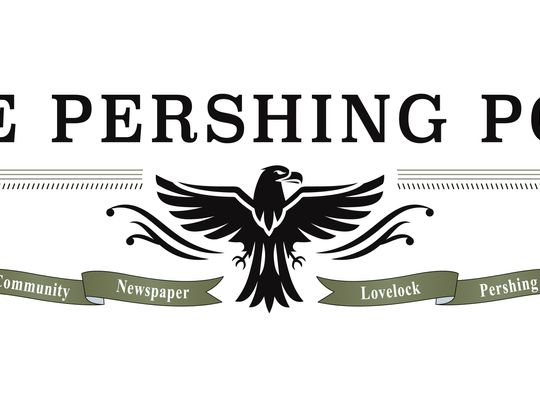
Comment
Comments